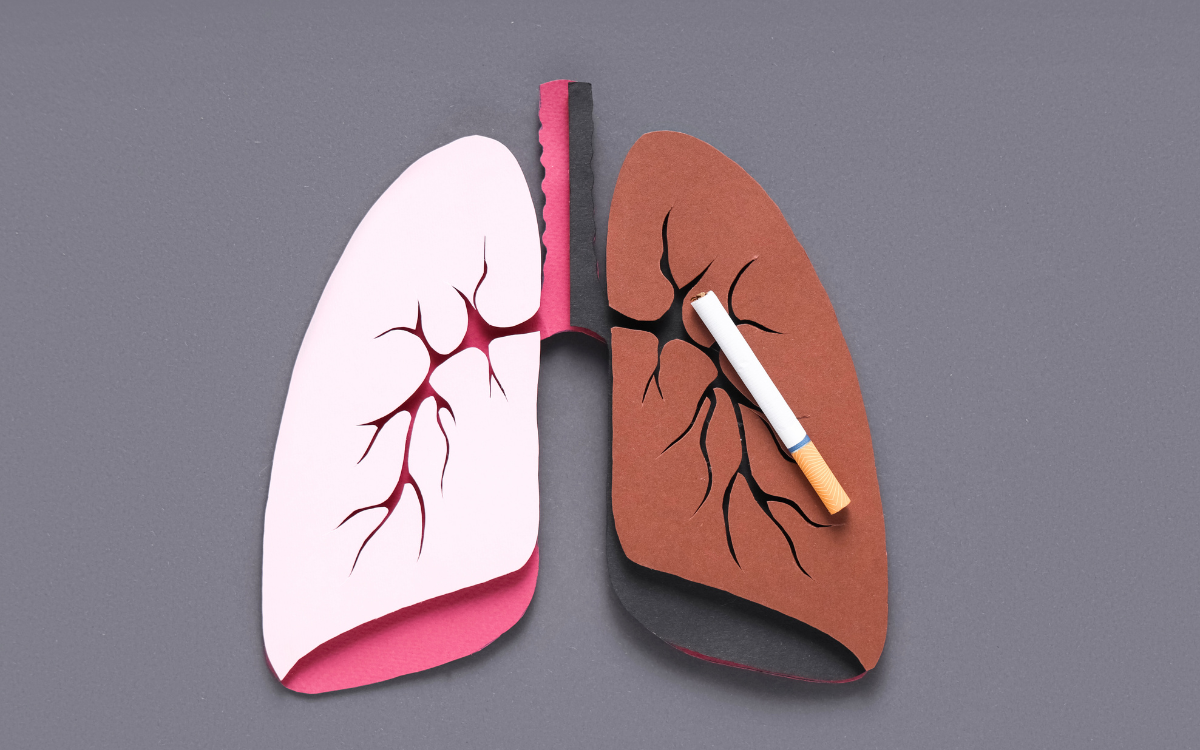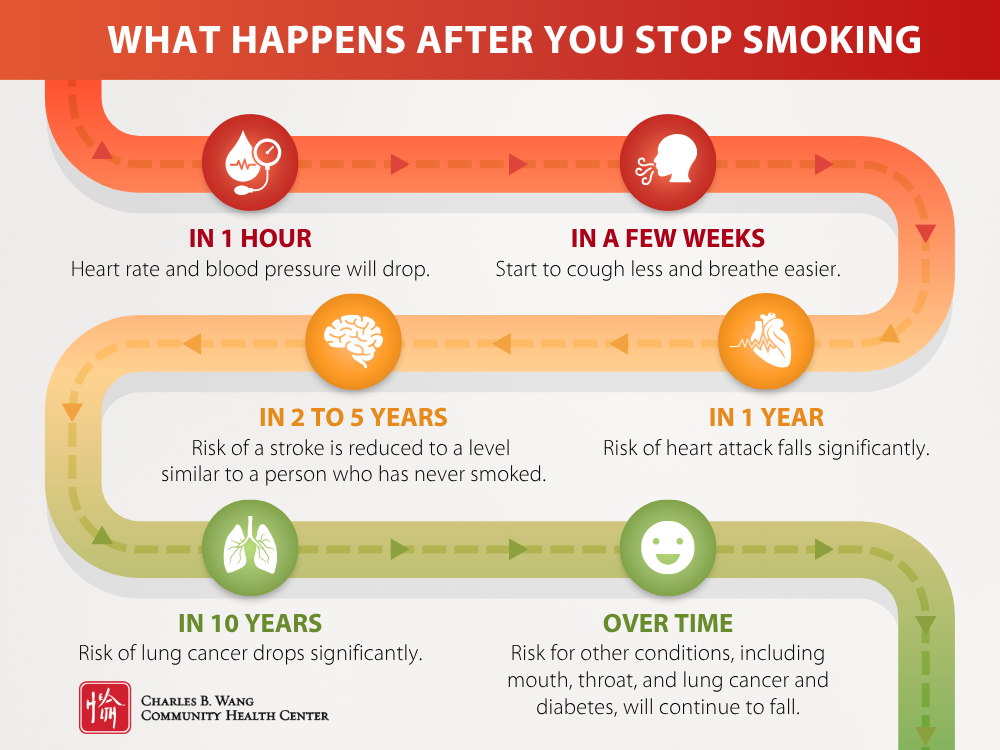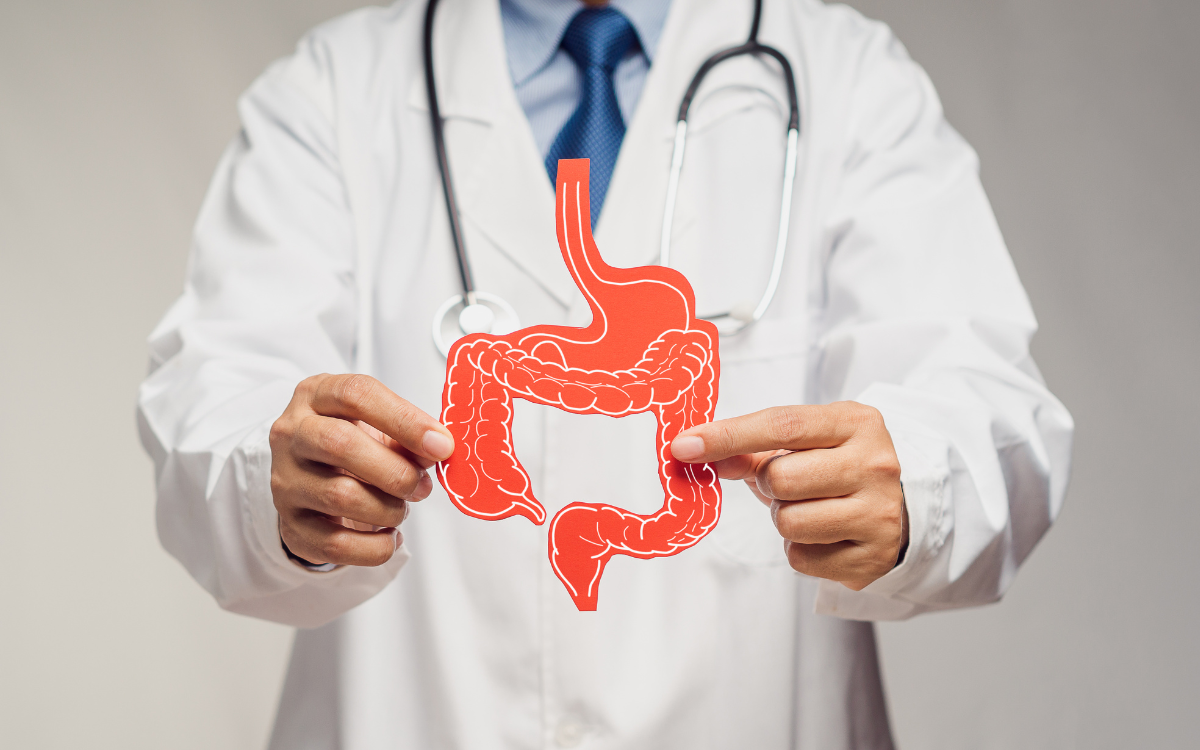Underestimated Dangers of Smoking and What Nicotine Does to Your Body
Clinically reviewed by Julie Yoko Yoshimachi, DNP

Smoking is a leading cause of lung cancer and many other preventable diseases worldwide, yet its dangers still remain underestimated. In this article, we will explore the serious health risks associated with smoking, how it affects the body over time, and why quitting or reducing tobacco use is the best choice for you and your loved ones. This guide provides essential facts about tobacco and commercial nicotine use to help you make informed decisions.
Understanding Commercial Tobacco and Nicotine Products
Types of Commercial Tobacco and Nicotine Products
Tobacco products that are smoked include cigarettes, cigars, cigarillos, pipes, and hookah. These are sometimes referred to as combustible tobacco products as they involve the burning of tobacco. When smoked, these products deliver nicotine and other harmful chemicals to the user through inhalation and simultaneously release them into the air.
To reduce the risks associated with traditional tobacco products, some people may turn to “light” cigarettes, thinking it might be a safer option. However, studies have shown that people who use “light” cigarettes often compensate for the lower levels of tar and nicotine by inhaling more deeply or smoking more frequently.1 The effects are that people who use “light” cigarettes end up inhaling the same or more amount of nicotine and harmful chemicals.
E-cigarettes, vapes, and oral nicotine pouches also contain nicotine and toxins. In fact, Some e-cigarettes can have as much nicotine as 30 packs of cigarettes.2 The volatile organic compounds (VOCs) unique to vaping can also do harm to the liver, kidneys, and nervous systems and even cause cancer.3 Even though these products are often marketed as “tobacco-free” or “tobacco leaf free”, they still contain nicotine.4 All forms of nicotine are addictive.
Risks of Tobacco Smoke
There is no such thing as safe smoking. Smoking a tobacco product poses many risks to the person who smokes, the people around them, and the environment.
For over half a century, health researchers have documented the many harms of combustible tobacco products.5 When you inhale smoke, it does not just pass through your lungs and disappear. In fact, smoking releases over 7,000 chemicals, and just one cigarette exposes your body to those harmful chemicals.6 These toxins, such as tar and carbon monoxide, are toxic and can cause serious harm to your body. Over time, they accumulate in the body, leading to severe long-term health issues.
Secondhand smoke is the combination of smoke from the burning end of a tobacco product and the smoke exhaled by a smoker. This smoke releases nicotine and other harmful toxins to everyone in the household, including children and pets, and can also cause a range of health issues. Third-hand smoke, or the residue left on surfaces, furniture, and clothes after someone smokes, lingers even long after smoking and continuously cause harm. This is why quitting is important to protect everyone’s health by creating a smoke-free environment.
Nicotine in the Body
Nicotine is the highly addictive substance in tobacco. It is a stimulant that impacts the whole body. When consumed, nicotine increases blood pressure and breathing, speeds up heart rate, and creates a temporary feeling of pleasure and stress relief.7 Nicotine can harm brain development and impact memory, attention, learning, mood, and impulse control, which is a particular concern for individuals who are younger than 25 years old since their brains are still developing.8
As a person continues to use commercial products with nicotine, the body builds up a tolerance and might need more nicotine to achieve the effects they expect. This can lead to a cycle of nicotine use and even stronger cravings. Addiction occurs when a person continues to use commercial nicotine products despite harmful consequences. Addiction can also negatively impact a person’s finances, relationships, and mental health.
Even while using nicotine products regularly, a person may struggle with symptoms of nicotine withdrawal like irritability, stress, restlessness, sadness, and hunger. When faced with these symptoms, a person may find it difficult to reduce their nicotine use even if they want to. The Charles B. Wang Community Health Center offers free tobacco treatment options available that aim to minimize these challenging withdrawal symptoms with English and Chinese speaking Certified Tobacco Treatment Specialists.
Health Risks of Smoking
Smoking, vaping, and using other tobacco products affect nearly every organ in the body, leading to a wide range of serious health issues. Nicotine and other harmful chemicals in cigarettes can damage the lungs, heart, and blood vessels, and even impact skin, teeth, and bones.
Remember, people who smoke are not the only ones who are at risk. Studies have found that “secondhand smoke exposure contributes to over 40,000 deaths among nonsmoking adults and 400 deaths in infants each year”.9 When a person is exposed to secondhand smoke, they can face similar health problems to people who smoke, especially children and pregnant women.
Lung Damage and Cancer
Smoking is the leading cause of lung cancer, responsible for approximately 85% of cases and other chronic respiratory diseases.10 The toxic chemicals in cigarette smoke inflame and damage lung tissue, leading to long-term health problems and reduced lung function. Furthermore, smoking is linked to developing several other types of cancers including, blood, cervix, liver, mouth and throat, and colon and rectum.11
Cardiovascular Disease
Smoking impairs the heart and blood vessels, making it more likely for a person who smokes to develop cardiovascular diseases such as coronary artery disease, heart attack, and stroke. While the chemicals in cigarette smoke cause blood vessels to narrow, nicotine raises blood pressure and heart rate, this restricts blood flow and increases the risk of clotting.12
Weakened Immune System
Smoking has detrimental effects on the immune system, making a person who smokes more susceptible to any infection or disease.13 It also slows down the body's ability to heal and recover from illnesses or injuries.
Harm to Reproductive Health
Smoking can also have effects on fertility and increase the risk of complications during pregnancy.14 Women who are exposed to smoke, including secondhand smoke, are more likely to have difficulties getting pregnant. Pregnant women, who are exposed to smoke, are at greater risk of having a miscarriage, premature birth, or giving birth to a baby with low birth weight.
Oral Disease
Smoking is a leading cause of gum disease, which can result in tooth loss if left untreated.15 The chemicals in cigarettes can cause gums to recede and make them more vulnerable to infection. People who smoke are also more likely to experience chronic bad breath, dry mouth, and a higher buildup of plaque and tartar, which increases the risk of oral disease such as tooth decay.
Think About Your "Why" to Help Quit Smoking
Knowing your “why” is an important part of setting a goal and sticking to it, so consider what about quitting smoking is important to you. By identifying your personal values, you can better prepare the resources you may need, understand what to focus on during your quitting journey, and keep yourself on track throughout the process.
Quitting smoking will have positive effects on your general health no matter how old you are or how long you have smoked. The sooner you quit smoking, the sooner your body can start to heal.16 You may notice some benefits quickly, but you will see even more over time.

By reducing and quitting smoking, you can also set a good example for youth by being tobacco-free. Creating a smoke-free and tobacco-free home encourages healthy habits and reduces the serious risks of secondhand and thirdhand exposure.
Did you know that a person who smokes a pack of cigarettes per day can save over $2,000 per year after quitting?17 This is because the cost of smoking adds up quickly. Beyond the savings on cigarettes, quitting also reduces long term medical expenses on smoking-related illnesses.18
How CBWCHC Can Help You Reduce or Quit Smoking
Quitting tobacco products is hard because nicotine is very addictive. As a result, many people need multiple attempts to quit successfully. But quitting is not impossible, especially with support, and sometimes counseling and medication.
The Charles B. Wang Community Health Center offers a free Quit Smoking Program, including Nicotine Replacement Therapy (NRT) and counseling with Certified Tobacco Treatment Specialists. Support is available for anyone who would like to reduce their tobacco or commercial nicotine use and for people who would like to quit all together. Our Certified Tobacco Treatment Specialists provide free in-person and phone counseling in English, Mandarin, and Cantonese. Many safe, evidence-based options like NRTs have scientifically proven effects and are covered by major health insurance plans. NRT is free for Quit Smoking Program participants regardless of your insurance status. To access our quit smoking services, please call: (718) 661-6040.
FAQs:
1. Are e-cigarettes or vapes a safer alternative to smoking?
No tobacco products, including e-cigarettes or vapes, are safe, especially for the youth. Young adults may gravitate to vaping because of its marketing, availability, and flavors. E-cigarettes, however, still contain nicotine and other toxic substances that damage the lungs and heart. Nicotine, specifically, can harm brain development in teens and lead to addiction.
2. What should I do if I tried to quit but started smoking again?
Relapse is common because nicotine is highly addictive, but it does not mean failure. Quitting is a process, and many people need several attempts before they succeed. Reflect on what triggered your relapse and consider adjusting your strategy. In addition to support from family and loved ones, professional counseling, Nicotine Replacement Therapy (NRT), and quit-smoking groups are also great resources in your journey to quit smoking. Stay positive and keep trying. Each attempt brings you closer to your goal.
3. Where can I access Tobacco Treatment?
If you would like to reduce your use of tobacco or commercial nicotine products, talk to a healthcare provider like your internal medicine provider or pediatrician about tobacco treatment options. Some nicotine replacement therapy options are available over the counter without a prescription. Other programs like the CBWCHC Quit Smoking program provide free tobacco treatment options like counseling and nicotine replacement therapy.
Sources
- https://www.cancer.gov/about-cancer/causes-prevention/risk/tobacco/light-cigarettes-fact-sheet
- https://www.nyc.gov/site/doh/health/health-topics/smoking-e-cigarettes.page
- https://www.lung.org/quit-smoking/e-cigarettes-vaping/whats-in-an-e-cigarette
- https://truthinitiative.org/research-resources/emerging-tobacco-products/what-synthetic-nicotine-and-what-does-it-mean-youth
- https://www.cdc.gov/tobacco-surgeon-general-reports/about/all-reports.html
- https://www.lung.org/quit-smoking/smoking-facts/whats-in-a-cigarette
- https://nida.nih.gov/publications/research-reports/tobacco-nicotine-e-cigarettes/nicotine-addictive
- https://www.healthychildren.org/English/health-issues/conditions/tobacco/Pages/AAP-Recommendations-on-Tobacco-E-Cigarettes.aspx
- https://www.cdc.gov/tobacco/about/index.html
- https://www.hopkinsmedicine.org/health/conditions-and-diseases/lung-cancer/former-smoker-whats-your-risk-for-lung-cancer
- https://www.cdc.gov/tobacco/campaign/tips/diseases/cancer.html
- https://www.cdc.gov/tobacco/about/cigarettes-and-cardiovascular-disease.html
- https://my.clevelandclinic.org/health/articles/17488-smoking
- https://www.fda.gov/tobacco-products/health-effects-tobacco-use/how-smoking-affects-reproductive-health
- https://www.cdc.gov/tobacco/campaign/tips/diseases/periodontal-gum-disease.html
- https://www.nhs.uk/better-health/quit-smoking/
- https://www.nyc.gov/assets/doh/downloads/pdf/smoke/booklet-still-smoking.pdf
- https://www.lung.org/getmedia/8d023b16-ea93-486b-a5d9-aed38c2daf4a/quit-smoking-saves-money.pdf
Heading
Lorem ipsum dolor sit amet, consectetur adipiscing elit. Suspendisse varius enim in eros elementum tristique. Duis cursus, mi quis viverra ornare, eros dolor interdum nulla, ut commodo diam libero vitae erat.


Heading
Lorem ipsum dolor sit amet, consectetur adipiscing elit. Suspendisse varius enim in eros elementum tristique. Duis cursus, mi quis viverra ornare, eros dolor interdum nulla, ut commodo diam libero vitae erat.
The Charles B. Wang Community Health Center is a nonprofit and federally qualified health center offering comprehensive primary care services to all in six convenient locations in Manhattan and Queens seven days a week.








